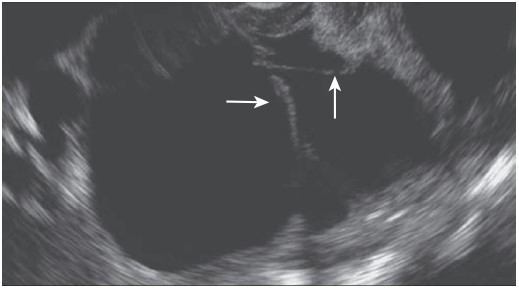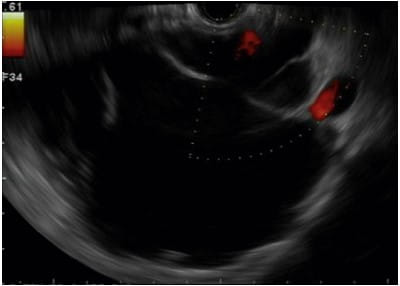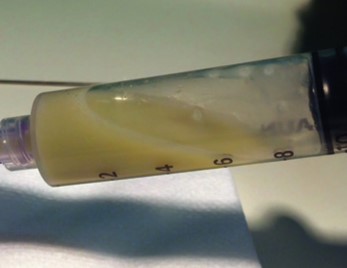
Endoscopic Ultrasonography: A Key Tool in Evaluating Pancreatic Cysts
Unveiling the critical role of Endoscopic Ultrasonography (EUS) in evaluating pancreatic cysts, this article shows how EUS aids in differentiating between benign and potentially malignant lesions, particularly intraductal papillary mucinous neoplasms (IPMN) and mucinous cystic neoplasms (MCN).
The Challenge of Diagnosing Pancreatic Cysts

Pancreatic cystic lesions present a diagnostic challenge due to their diverse nature. While most of these lesions are benign, accurately identifying mucinous neoplasms like IPMN and MCN is crucial, as they may harbor malignancy or have malignant potential. Endoscopic Ultrasonography (EUS) plays a pivotal role in this differentiation process.
Limitations of EUS in Morphological Analysis
Despite its utility, the diagnostic accuracy of EUS based solely on cyst morphology is limited. This necessitates a more comprehensive approach combining various EUS features for reliable diagnosis.

Comprehensive Diagnostic Approach
A multifaceted diagnostic strategy is essential for accurate differentiation of pancreatic cysts. This approach includes EUS features analysis, fluid cytology, carcinoembryonic antigen (CEA) levels, mucin staining, and molecular markers assessment. Each of these elements contributes to a more accurate diagnosis, helping distinguish between benign and potentially malignant cysts.


Safety and Efficacy of EUS-Guided FNA
Fine-Needle Aspiration (FNA) of cystic lesions, performed under antibiotic cover, is a safe procedure with low rates of complications like bleeding, infection, and pancreatitis. This technique is integral in obtaining cyst fluid for analysis, significantly enhancing diagnostic accuracy.
Collaborative and Multidisciplinary Approach in Management
The management of pancreatic cystic lesions demands a careful evaluation of the clinical context, incorporation of other imaging modalities, and multidisciplinary collaboration. This comprehensive approach ensures that each patient receives a tailored and effective management plan.
Conclusion
Endoscopic Ultrasonography is an indispensable tool in the evaluation of pancreatic cysts. Its ability to aid in differentiating between benign and potentially malignant cysts, when used in conjunction with a range of diagnostic techniques, highlights its significance in gastroenterological diagnostics. This precision tool, combined with a multidisciplinary approach, paves the way for more accurate diagnoses and better patient outcomes.
Disclaimer: This content is for informational purposes only and should not be considered as medical advice. Always consult a healthcare professional for personal medical advice.
Learn More About Our Gastroenterology Services
Contact Us for More Information
